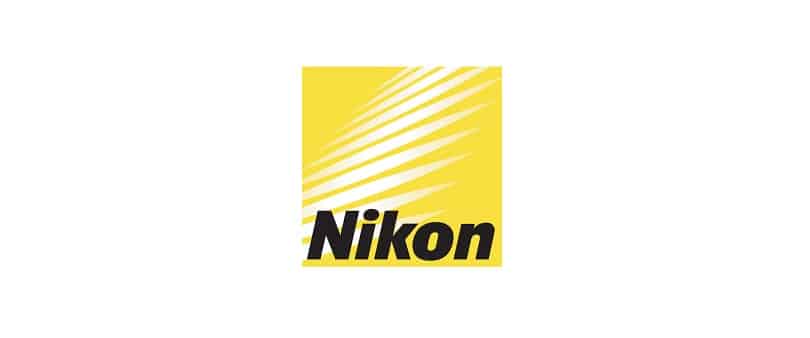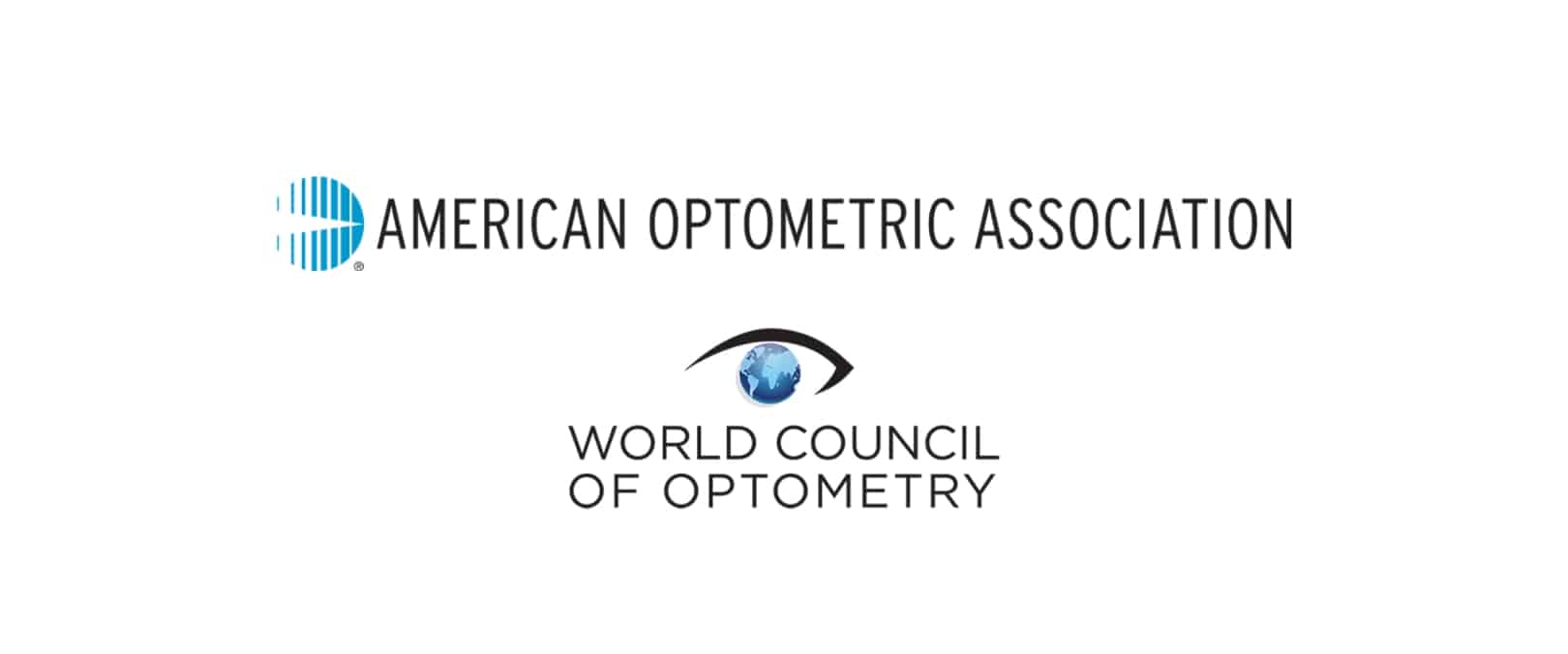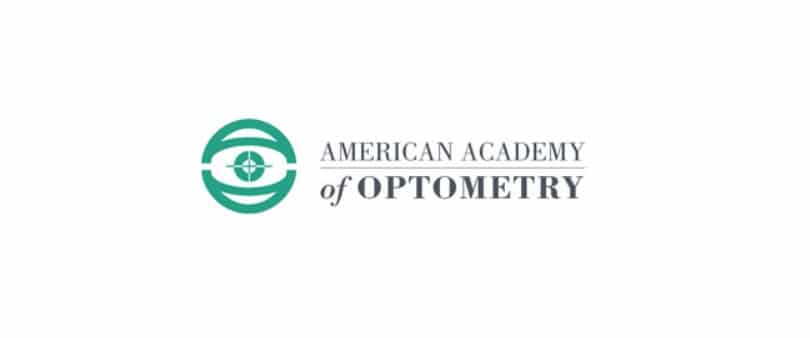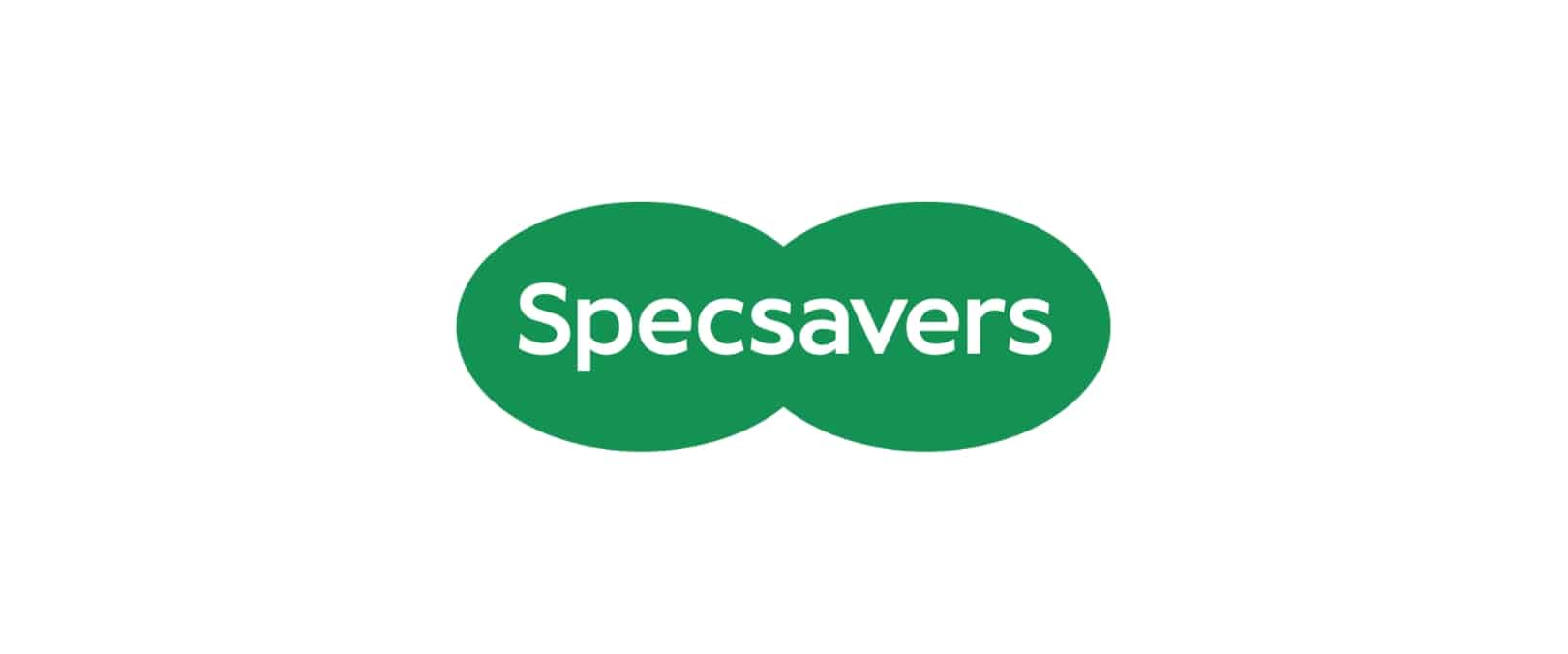By Dr. Roxanne Arnal, CFP®
As the year winds down, personal tax planning opportunities with a year-end deadline demand attention. Though RRSP contributions can wait up to 60 days into the new year, some financial moves should be made before December 31.
It’s also worth noting that while focusing on personal year-end tax planning, one shouldn’t overlook the potential integration with corporate year-end planning, which may not align with the calendar year end. Bringing together both aspects can facilitate a more holistic approach to tax optimization.
🎓 RESP Withdrawals
If you have a post-secondary student, consider an additional Education Assistance Payment (EAP) before year-end. EAPs are comprised of grants and growth and are taxable in the student’s hands. Understanding your student’s expected 2023 income and the 13-week window from a child’s very first EAP will help you decide.
🏫 RESP Contributions
If you haven’t taken advantage of the annual grant room, consider adding to your child’s RESP prior to year-end. Remember, there are additional rules around grants with a lifetime maximum of $7,200 until the end of the year in which your child turns 17 and restrictions if you haven’t met certain criteria prior to the end of the calendar year in which they turn 15.
♿ RDSP Contributions
Registered Disability Savings Plans have annual grant allotments that need to be completed prior to year-end. If you have an eligible child, become familiar with the grant and bond process.
🗓️ Strategic TFSA Withdrawals
December is the right time for TFSA withdrawals if your tax planning includes recontributions in 2024, as withdrawn amounts are returned to your contribution room on January 1.

First Home Savings Account Contributions
If you are saving for your first home, the FHSA is a new option that permits you to contribute up to $8,000 in the year you open the account. The big perk here is that contributions are tax-deductible, like RRSP contributions, in the year they are made, helping to reduce your 2023 income taxes. In addition, the growth on the investment is treated as tax-free when it is withdrawn as intended, and the plan can be used in conjunction with the Home Buyers Plan linked to your RRSP.
📊 Tax-Loss Selling of Investments
Offset capital gains with losses in non-registered accounts. These capital losses can be carried back three years or carried forward indefinitely. Be cautious not to trigger a superficial loss, which applies if repurchased within 30 days.
💍 Prescribed Rate Loan for Spousal Income Splitting
You can lower your household tax bill through the use of a prescribed rate loan for income splitting if your spouse is in a lower tax bracket. The current prescribed interest rate is 5% for loans set up in the fourth quarter of 2023. Once the loan is set, the interest rate remains for the duration of the loan. Discuss this higher level strategy with your advisor.
Charitable Donations
Receipted donations offer federal and provincial tax credits. The federal credit jumps up for total donations exceeding $200 in a calendar year. There are also substantial tax breaks where investments or life insurance are donated to registered Canadian charities in-kind.

🏦 So Many Options
There are so many options and opportunities to save with proper tax planning. Of course, the best fit is based on your personal situation and goals. Consulting a Certified Financial Planner® who acts as your fiduciary and communicates well with your accounting and legal team allows you to maximize tax mitigation strategies effectively.
Roxanne Arnal is a Certified Financial Planner®, former Optometrist, Professional Corporation President, and practice owner. She is dedicated to empowering individuals and their wealth by helping them make smart financial decisions. This article is for information purposes only and is not a replacement for personalized financial planning. Errors and Omissions exempt.
Want to see more like this article? Click here to subscribe to our FREE print magazines and e-newsletters!




















